|
Affiliate links are in this article, click here for more info
Florida is full of creatures, many of them loveable and others --well, loveable probably isn't the word you'd use for them. Regardless of your personal word choice, there's no denying that it's the time of the year when a lot of our unfriendly critters are coming out to play --coincidently the same time we want to be outside playing too! If you want to know which Florida bugs you should be avoiding this then you've come to the right place. While it's by no means a comprehensive list, it will take you through some of the most notable ones.
What actually prompted me to write this article was the ever-emerging caterpillars coming out to enjoy a snack on the blooming plants after a very dormant and dry winter, and as cute as they may be, many of them are not friendly-to-the-touch. I've been seeing one species in particular, and the state health department recently released a statement telling people to avoid touching them. So let's start there. 1. Tussock Moth Caterpillar
Venomous and stinging caterpillars aren't exclusive to Florida, in fact, they can be found all over North America, but some species are more prominent here than elsewhere. Currently, the Tussock Moth Caterpillar (pictured above) is one of those species and we've been seeing an uptick in sightings over the past couple of weeks in the Central Florida region. When in contact with human skin, their irritating "fur" can become imbedded and cause allergic reactions. While these fuzzy boys are in season, it's notable that there are several other types of stinging caterpillars in Florida, so it's probably best to teach your kids to avoid touching all of them --you know, just in case!
2. Bark Scorpions
When the days heat up, so do our cold-blooded friends! A lot of people don't realize that Florida does have scorpions and while they're masters of hiding, they can be found relatively easily in some areas. One day I was collecting some wood for a bonfire (an activity that many Floridians are enjoying this time of year) and accidently uncovered a few bark scorpions. Thankfully they're small and very shy, but they still sting and, as most bugs can, cause allergic reactions in certain individuals. As their name suggests, they're most often found in rotting tree bark so make sure to wear gloves before handingly wood that's been left outside.
3. Kissing Bugs
Kissing Bugs might have a rather endearing name, however, they have a very nasty secret. These insects were actually given this nickname because they often bite people's faces, and while bites themselves are pretty gross, the diseases they're known to transmit are even worse. According to the CDC they're best known for transmitting Chagas Disease, a potentially deadly parasite that infects both people and animals. A study found that upwards of 50% of these bugs tested were carrying the disease, though the CDC claims that "the risk of local transmission to people in Florida is low."
4. Fire Ants
Fire ants have a temperament to match their name. They bite and sting, and coming from personal experience, both are pretty painful. They're located pretty much everywhere and get into everything (I can't tell you how many times they have found their way into my vehicles) so it's almost inevitable that you'll eventually tangle with one --or a many if you step on one of their nests. Besides producing a "burning" and very irritating sting, they have also been known to cause allergic reactions.
5. "Ladybugs"
Ladybug is in quotes here because the Asian Lady Beetle is often mistaken for a harmless ladybug. That being said, these imposters pack a painful bite and emit a foul odor when crushed. When they're found in swarms, the dust that they accumulate can trigger asthma and allergies. I love Ladybugs, but since they're so hard to tell apart from their angry relatives, I just avoid anything that looks similar!
6. Widow Spiders
Like most on this list, Widow Spiders are not exclusive to Florida --but they aren't uncommon either. There are four species of Widow Spiders found throughout the state, mostly in heavily wooded areas and around generally-undisturbed lawn features like barbeque grills, outhouses, and even watering cans. While their bites don't often kill, they can be extremely uncomfortable and make a person very sick.
7. Mosquitoes
Need I say more? It's pretty common knowledge to avoid mosquitos because of the wide array of diseases they transmit to not only us, but also our pets. As if the long list of species residing here in the Sunshine State weren't enough of a PIA, scientists have recently identified another new invasive species ready to suck our blood. Ugh.
8. Ticks
These little Lyme's Disease vectors can be found throughout the United States, and they're becoming a bigger problem not only here --but everywhere. Thanks to the more mild winters up north, they are more active than ever and so are the diseases they're spreading. Ticks can range in size from being as big as a pencil eraser to as small as a period at the end of this sentence, making them hard to detect before they have a chance to engorge themselves on your blood.
9. Eastern Lubber Grasshopper
Okay so these guys aren't really going to hurt you, but they can produce some pretty gnarly spray when threatened (plus, look at that size!). According to an article on News-Press, it's "much better to watch than touch this insect. If you pick up this grasshopper it will make a loud hissing noise and secrete an irritating, foul-smelling foamy spray." So admire, but don't touch!
10. Blue Dragon Sea Slugs
One of the "newest" venomous creatures to show up in the state, the Blue Dragon Sea Slug, as it's commonly known, can be found washing up on some Florida beaches every now and again. These enchantingly bright colored mollusks are exceptionally small, making them an easy target for unsuspecting feet. When threatened, these little badasses can release their stinging cells which are considered to be "more painful than a Portuguese Man-o-War sting." Thankfully, reports of them don't come up often, but it's never a bad idea to keep an eye out and wear water shoes when you're at the beach!
READ ALSO: 10 Essential items that I won't go to a Florida beach without (besides sunscreen)
0 Comments
Your comment will be posted after it is approved.
Leave a Reply. |
CATEGORIES |
|
|
Vertical Divider
|
Can't get enough?Uncover more of Florida through our channels below!
|
© COPYRIGHT 2015. ALL RIGHTS RESERVED.


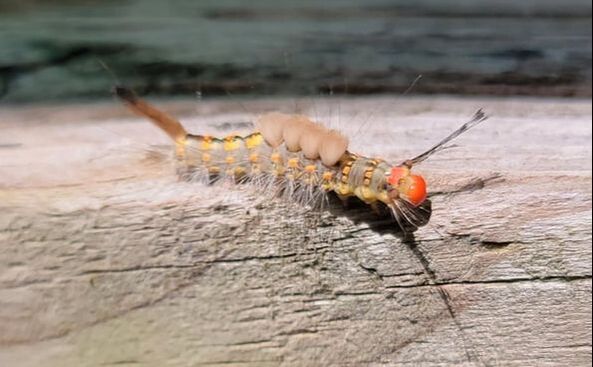
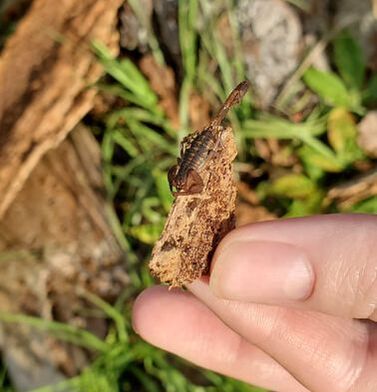

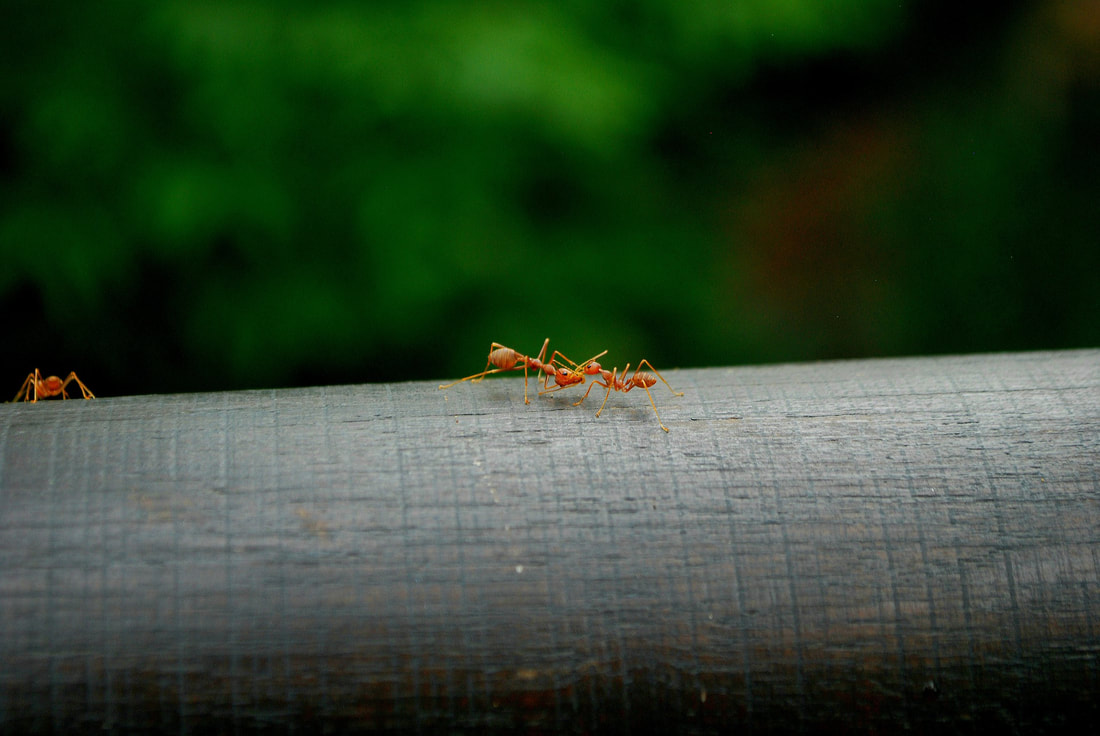
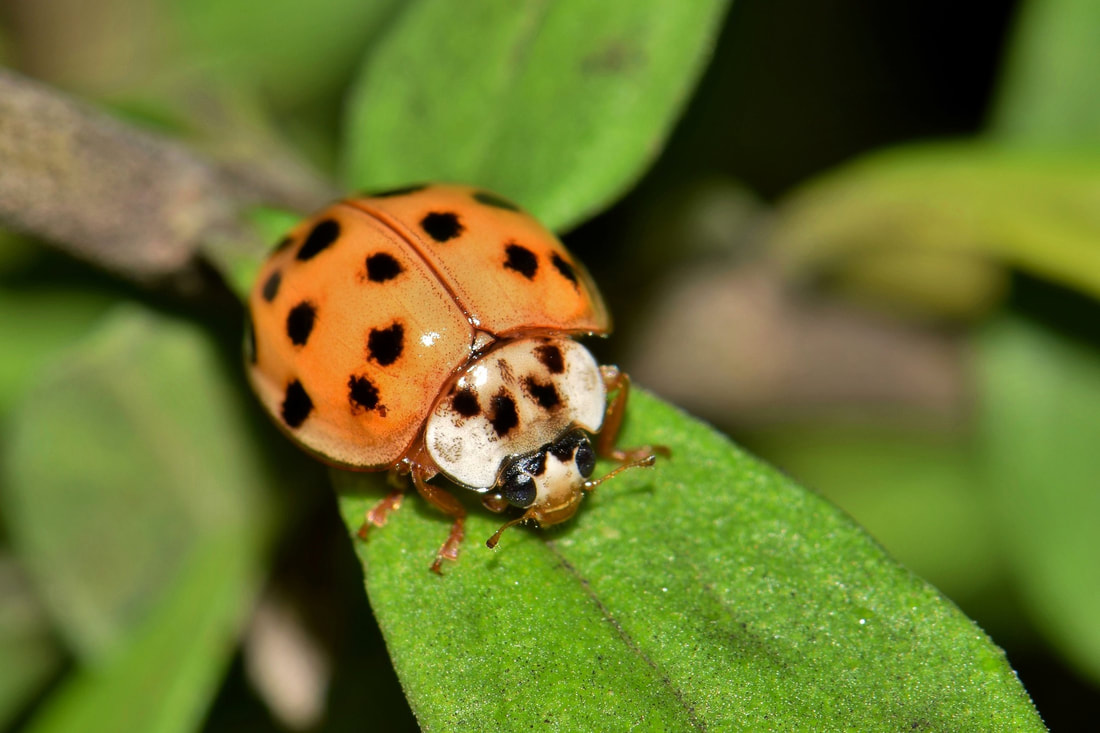
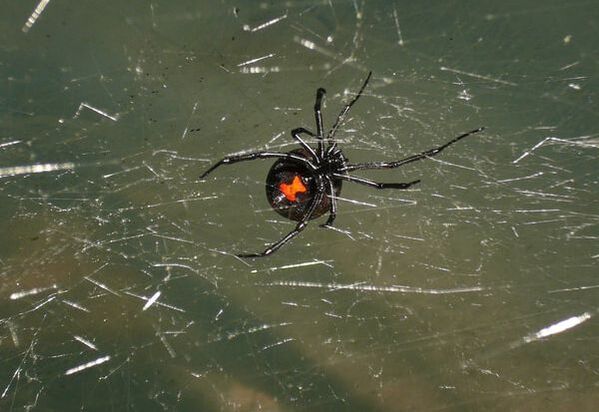
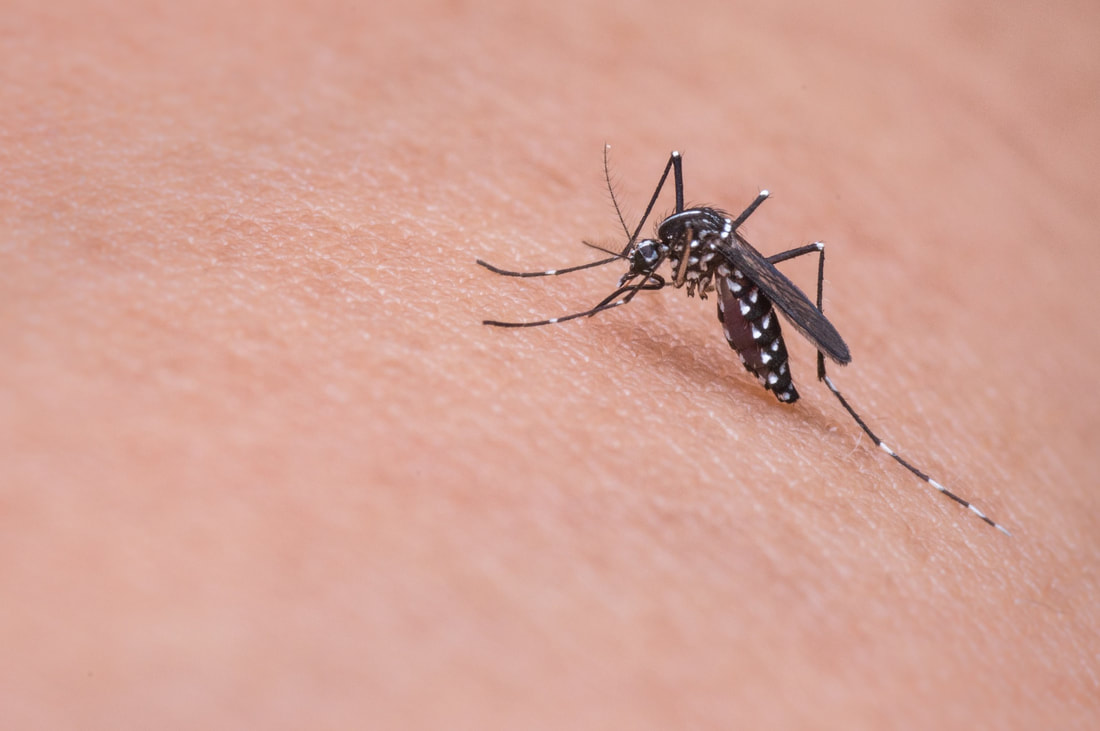
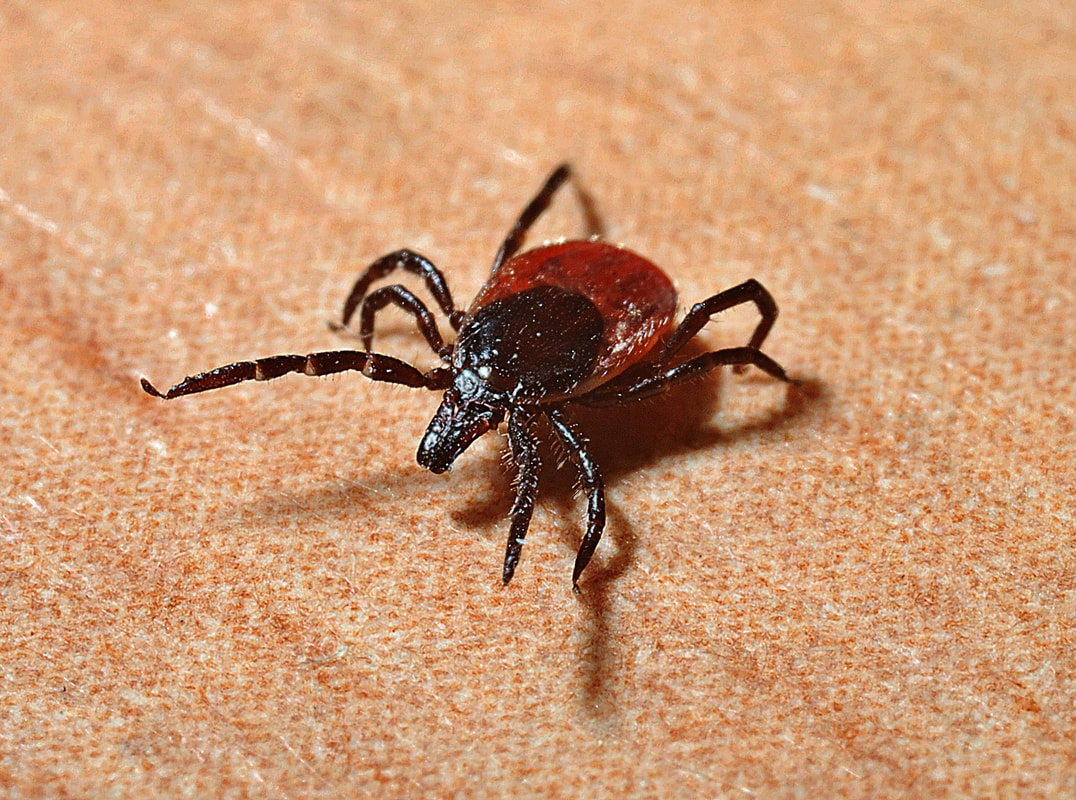
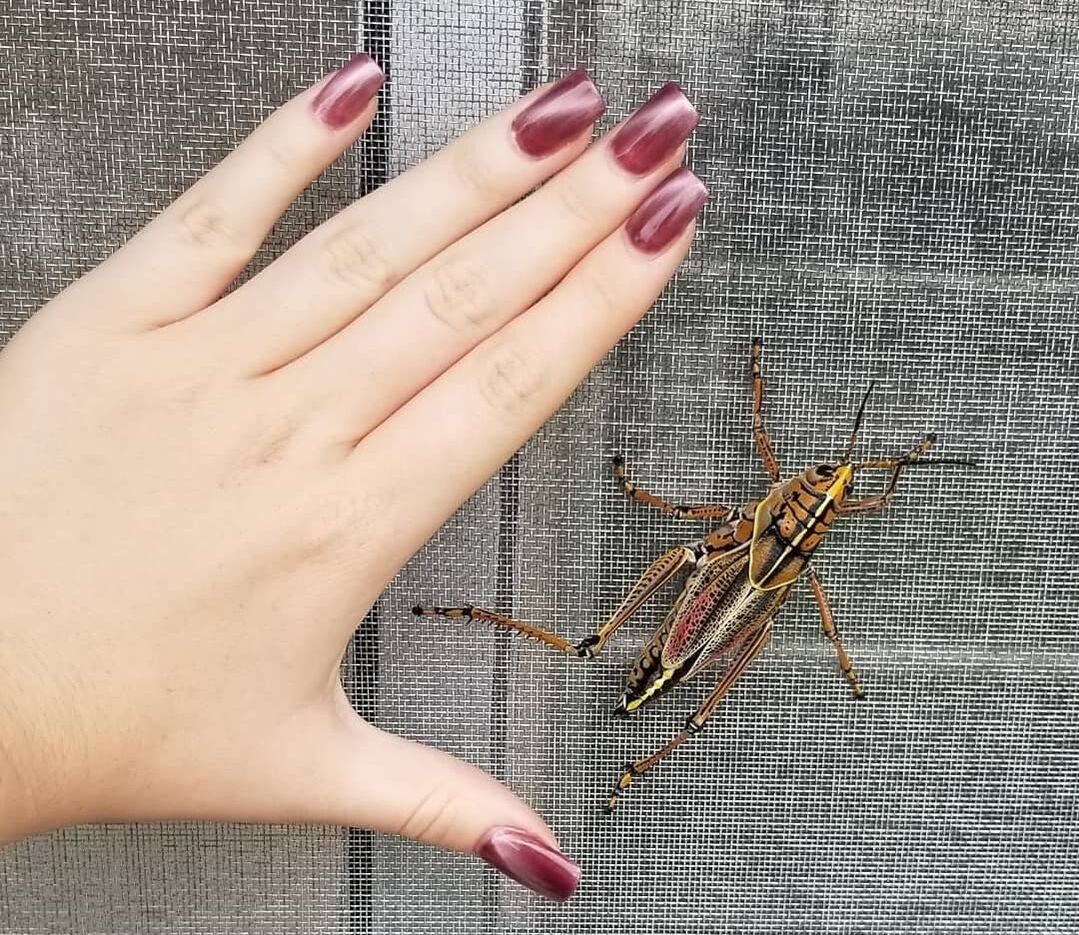
 RSS Feed
RSS Feed